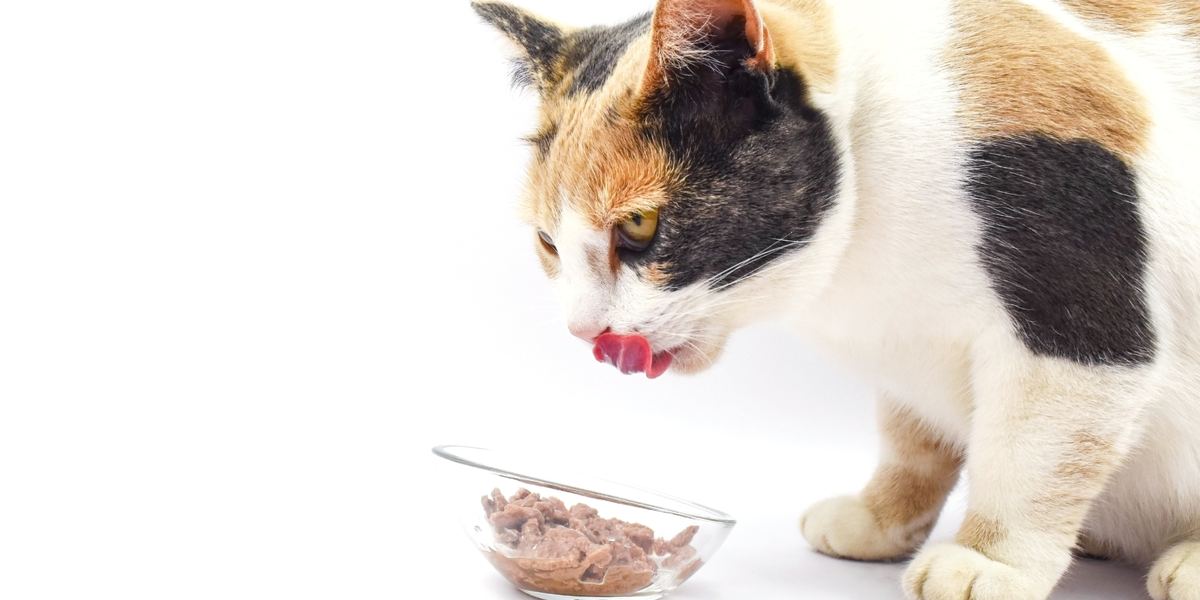
When you open up a can of tuna, it probably won’t take long for your cat to come twining around your ankles, meowing up a storm.
Canned tuna has a strong, fishy aroma that cats simply can’t get enough of, but fresh tuna is much different. Both contain high levels of protein balanced with healthy fats, but that doesn’t mean tuna is the best option for your cat.
Tuna certainly isn’t unhealthy – at least in any major way – but there are certain risks you should be aware of before feeding your cat a primarily tuna-based diet.
At A Glance: Best Cat Foods With Tuna To Buy




Want a quick look at the best cat foods reviewed in this article? In the comparison table below, we’ve highlighted some of the most important features of each product. You’ll find more detailed information about each product later in the article.

Wellness CORE Signature Selects Flaked Skipjack Tuna & Wild Salmon Entrée in Broth Grain-Free Canned Cat Food
- Rich in high-quality animal protein
- Low carbohydrate content, easily digestible
- Packed with hydrating moisture
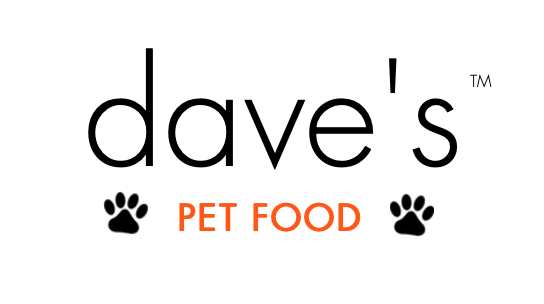
Dave’s Pet Food Tuna & Salmon Dinner in Aspic Canned Cat Food
- Contains over 61% dry matter protein
- Rich in hydrating moisture from flavorful tuna broth
- Simple recipe is easily digestible for most cats
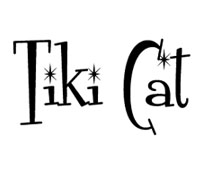
Tiki Cat Aloha Friends Variety Pack Grain-Free Wet Cat Food
- Choose from four tuna-based recipes
- Soft texture in a flavorful, moisture-rich gravy
- Made with mercury-tested tuna

CANIDAE Grain-Free PURE Limited Ingredient Indoor Tuna Formula Dry Cat Food
- First three ingredients are concentrated sources of animal protein
- Fairly low-calorie, may be good for overweight cats
- Free from artificial flavors, colors, and preservatives

Solid Gold Five Oceans Sardines & Tuna Recipe in Gravy Grain-Free Canned Cat Food
- Two animal-based proteins top the ingredient list
- Rich in moisture to support your cat’s hydration
- Appealing to cats and easy to chew
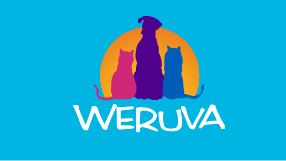
Weruva Tuna & Salmon Formula in Hydrating Puree Wet Cat Food
- Packed with high-quality animal protein
- Rich in moisture to support your kitten’s hydration
- Easily digestible with a soft, chewable texture

PureBites Mixers 100% Wild Tuna in Water Grain-Free Cat Food Trays
- Skipjack tuna has lower mercury levels than albacore
- Made only with fresh fish and water
- Low in calories, about 30 calories per tray
Why Should You Trust Us?
Over the last several years, we’ve spent countless hours testing the most popular pet products on the market, including cat food, cat treats, cat litter, and more. We’ve written in-depth reviews of our favorite brands as well as dozens of roundups to help you choose the right product for your cat.
Having reviewed 244 of the world’s most popular cat food brands and hundreds of formulas. We spent hours researching, contacting pet food companies, and analyzing labels. With the help of our cats, we also got hands-on experience with many popular cat foods.
Is Tuna An Appropriate Protein For Cats?
Cartoons and comic strips often show cats going crazy over fish. There’s no denying that cats love a nice smelly fish-based food, but fish like tuna might not be the most appropriate option for cats.
Genetically speaking, your cat’s DNA is still fairly similar to that of his wild ancestors – at least in terms of his nutritional requirements. Wild cats feed primarily on birds and small mammals, though big cats are capable of taking down larger animals. Fish simply isn’t a significant component of a wild cat’s diet, and you may want to think about whether it’s a worthy inclusion in your own cat’s diet.
That being said, there are plenty of nutritional benefits to fish like tuna.
Fresh tuna contains about 32 calories per ounce with less than ¼ gram of fat and about 7 grams of protein. Tuna is rich in omega-3 fatty acids, though the fat content depends to some degree on the type of tuna. It also contains notable amounts of calcium, phosphorus, potassium, and B vitamins.
While tuna can be a rich source of animal-based proteins and healthy fats, it can also be quite addicting.
The strong aroma and appealing flavor may lead some cats to turn up their noses at other foods. This might not be a problem if your cat tolerates the food well, but many veterinary nutritionists recommend a varied diet for cats to reduce the potential for food allergies.
On top of species appropriateness, it’s also important to answer the question: Is tuna safe for cats?
When choosing a food for your cat, the type of protein is an important consideration if your cat has food allergies. Fish is one of the more common food allergens and if your cat is allergic to one kind – like salmon – he may be allergic to tuna as well.
Perhaps more important, however, is the potential risk of mercury poisoning when feeding your cat tuna and other fish.
Tuna is likely to contain more mercury than other seafood like salmon, tilapia, oysters, and lobster. This being said, it depends on the type of tuna. Smaller species like skipjack will have lower mercury levels than larger species like albacore. Basically, fish that feed on smaller fish accumulate higher levels of mercury over time.
If you’re going to feed your cat tuna-based food, it’s wise to rotate it with land-based proteins like poultry and meat.
In the same way that large fish accumulate higher levels of mercury as a result of their staple diet, cats can develop mercury poisoning if they eat a primarily fish-based diet. If your cat isn’t allergic to other proteins, you might even consider a recipe that includes tuna as a supplemental source of protein instead.
You should always thoroughly examine the nutritional information on the package. Before feeding fish-based cat food with multiple types of fish, you may want to consult the Natural Resources Defense Council’s Consumer Guide to Mercury in Fish. It lists mercury levels in fish from lowest to highest, so it may help you make an informed decision about feeding your cat a fish-based cat food.
The Best Tuna Cat Foods: Our Top Picks
Now that you understand the basics of tuna-based food for cats and some of the cases in which it might be recommended, you’re ready to see our top picks.
Final Thoughts
Whether you go with tuna or another protein as the staple of your cat’s diet, it’s important to make sure the food meets his nutritional requirements.
According to the Association of American Feed Control Officials (AAFCO), adult cats need a minimum of 26% crude protein and 9% crude fat in their diets on a dry matter basis. Kittens have a higher minimum protein requirement at 30% but their needs for fat are the same. Keep in mind, however, that these are minimum requirements – your cat deserves more than the bare minimum, doesn’t he?
When shopping for cat food, keep your cat’s carnivorous needs in mind. He requires a high protein diet balanced with healthy fats. It should have minimal carb content and the ingredient list should be free from artificial flavors, colors, and preservatives.
Quality ingredients matter, so consider a brand that uses human-grade ingredients and makes their products in human food facilities. Wet food is generally a more species-appropriate choice than dry, though you should consider freeze-dried or fresh food if you can afford it.
Cat foods made with tuna as a single source of protein aren’t particularly common, but there are plenty of recipes that include it as an ingredient. In fact, it might be better for your cat if you include tuna as a supplemental protein in his diet, given the risk for mercury poisoning.
Learn more about your cat’s nutritional needs in this in-depth guide.

Kirsten McCarthy / Cats.com
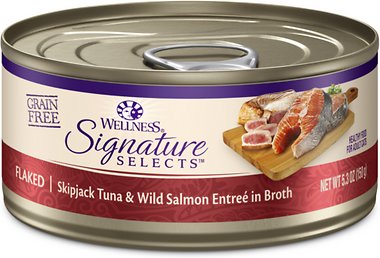
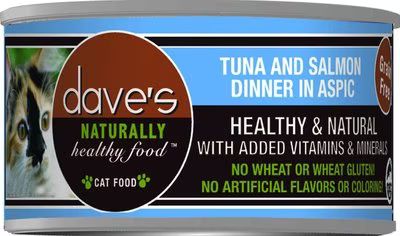
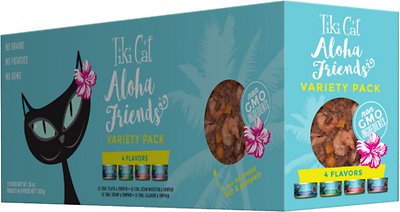
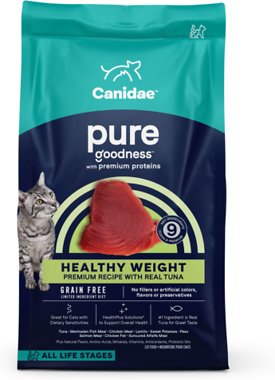
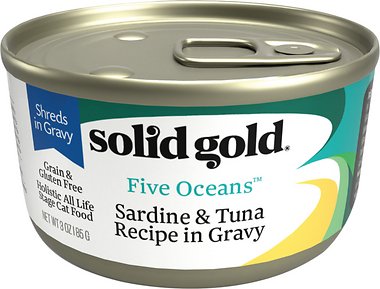
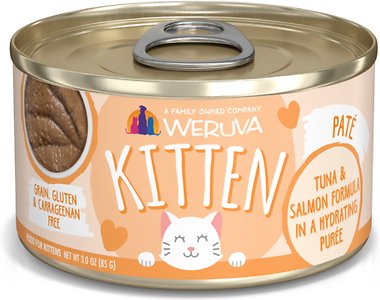
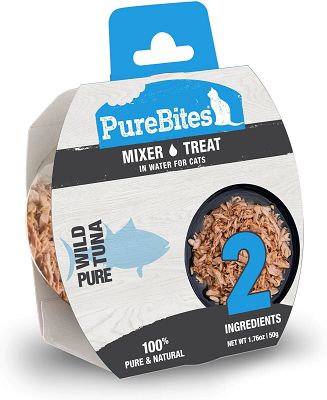








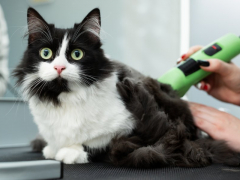
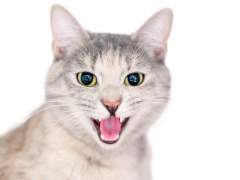

I have tried many different brands of tuna including the ones mentioned above for my cat who only likes albacore tuna. She will eat turkey as well sometimes. The only tuna she likes is Applaws tuna fillet in broth or with seaweed. Though, she has issues from can to can with this brand. She will eat an entire case with the same lot number/expiration date, but another lot number/expiration date, she won’t touch. Then, she will eat another lot number. I’ve reached out to the manufacturer, but they never respond to my questions. Sometimes I can tell by the smell, but not often. So not sure what her issue is. She’d rather starve than eat it. Luckily my local pet store ‘gets’ it and lets me exchange the cans for another lot number. I wish I could get her to eat something else, but other than one brand of turkey, she will only eat dry. I buy the highest quality dry with the best percentage of protein I can find. But I wish I could find something else in wet food.
I know sometimes you will send things in for 3rd party testing, and was wondering if you’ve ever done that for mercury content. My past roommate got my cat obsessed with tuna despite my protests, and now she doesn’t want to eat any wet foods that don’t have tuna in them. I’ve got like $160 of Smalls in my freezer that she used to well, but then we moved and she stayed with the roommate while we got things settled, in which case straight tuna was probably the only wet food she ever occasionally got. I’m interested in trying to mix the Simply Nourish tuna broth in, but it makes me nervous that I can’t find any information on what kind of mercury content it has. Can you help me?